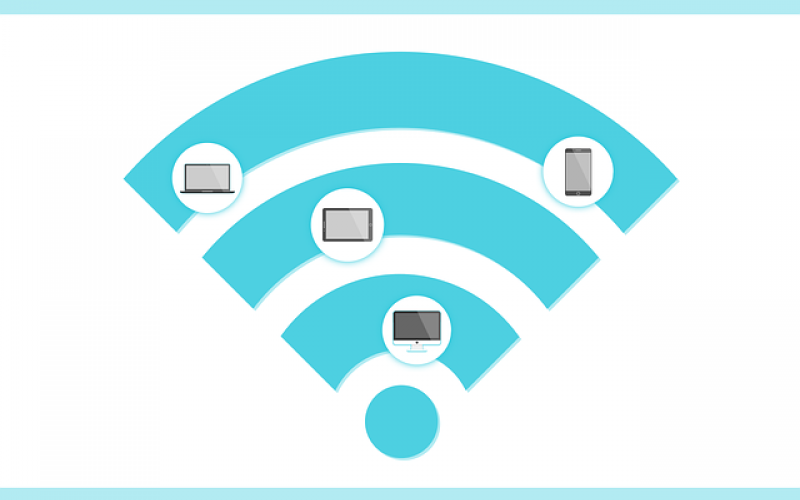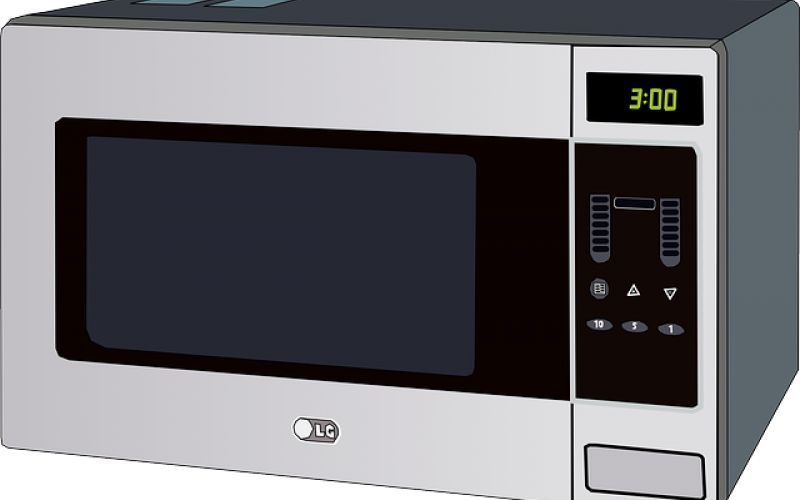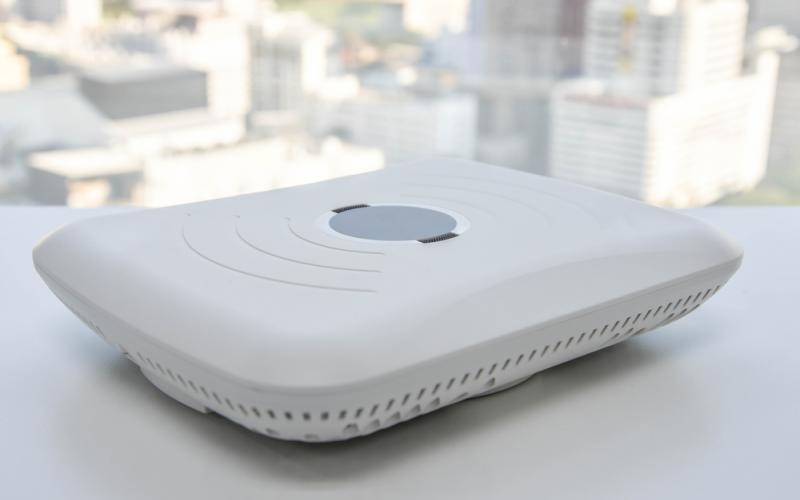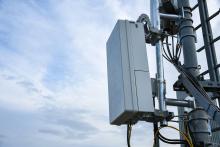
Channel bonding
Finally, for those of you that are struggling to provide wired-like speeds over WiFi, you have the option to bond channels for added performance. Channel bonding essentially combines two, four or even eight channels so communications between a WiFi end device and an AP can utilize a much wider spectrum -- mathematically doubling throughput.
Keep in mind, however, that channel bonding introduces more opportunity for channel interference. In the 2.4GHz range, for example, there is the opportunity to create only a single 40 MHz bonded channel. This also significantly increases opportunities for interference. That's why channel bonding in this spectrum is rarely recommended.
However, in the 5 GHz range, you can perform channel bonding to create 40 or even 80 MHz channels depending on the amount of surrounding interference. Remember, the more channels that are bonded, the fewer non-overlapping channels are available. While a 160MHz channel is technically possible, you are far more likely to run into interference issues similar to bonding 40 MHz channels together within the 2.4 GHz spectrum.
(Image: ilolab/Shutterstock)

Let’s say that your company’s 2018 budgeting process came and went without funding to upgrade the wireless LAN. That means you're stuck managing your existing WiFi infrastructure for at least one more year. While it would be far easier to simply "rip-and-replace" your aging WLAN with state-of-the-art access points, it simply isn't in the cards this year.
At the same time, the pressure on your already overtaxed WLAN continues to mount. The number of devices it must support is skyrocketing, user expectation for seamless WiFi performance is growing, and corporate mobile demands are increasing.
Fortunately, there are a number of ways to quickly boost WiFi performance using the existing WLAN architecture you have in production today. Moreover, these techniques are inexpensive, mostly requiring some time and effort rather than capital investments.
If you try one or more of our top WiFi boosting tips, you may just find that your existing hardware can indeed support increasing wireless demands until the next budget cycle. Let’s take a look at what you can do to help boost WiFi performance on your corporate WLAN.
(Image: grapestock/Shutterstock)

Manage user and application throughput
As the number of wireless devices increases, more data is competing for a finite amount of WiFi bandwidth. There are ways, however, to prioritize user and application data to prefer some wireless data streams over others. For example, if your organization has a liberal BYOD policy, don't simply put end-user personal devices on the corporate network. Not only does this pose a security threat, it also makes it difficult to differentiate between mission-critical wireless data verses an employee streaming YouTube videos. Whenever possible, create a BYOD or guest SSID and rate limit on a per SSID or per-user connection basis. That way, you restrict the maximum throughput for non-important data transmissions, which frees up most bandwidth for business purposes.
Additionally, security tools on the network such as next-generation firewalls can inspect internet traffic at the application layer and limit maximum throughput that way. Policies can then be created to traffic shape or block application types such as social networking, peer-to-peer, gaming, and streaming media.
(Image: JuralMin/Shutterstock)

Channel bonding
Finally, for those of you that are struggling to provide wired-like speeds over WiFi, you have the option to bond channels for added performance. Channel bonding essentially combines two, four or even eight channels so communications between a WiFi end device and an AP can utilize a much wider spectrum -- mathematically doubling throughput.
Keep in mind, however, that channel bonding introduces more opportunity for channel interference. In the 2.4GHz range, for example, there is the opportunity to create only a single 40 MHz bonded channel. This also significantly increases opportunities for interference. That's why channel bonding in this spectrum is rarely recommended.
However, in the 5 GHz range, you can perform channel bonding to create 40 or even 80 MHz channels depending on the amount of surrounding interference. Remember, the more channels that are bonded, the fewer non-overlapping channels are available. While a 160MHz channel is technically possible, you are far more likely to run into interference issues similar to bonding 40 MHz channels together within the 2.4 GHz spectrum.
(Image: ilolab/Shutterstock)

Let’s say that your company’s 2018 budgeting process came and went without funding to upgrade the wireless LAN. That means you're stuck managing your existing WiFi infrastructure for at least one more year. While it would be far easier to simply "rip-and-replace" your aging WLAN with state-of-the-art access points, it simply isn't in the cards this year.
At the same time, the pressure on your already overtaxed WLAN continues to mount. The number of devices it must support is skyrocketing, user expectation for seamless WiFi performance is growing, and corporate mobile demands are increasing.
Fortunately, there are a number of ways to quickly boost WiFi performance using the existing WLAN architecture you have in production today. Moreover, these techniques are inexpensive, mostly requiring some time and effort rather than capital investments.
If you try one or more of our top WiFi boosting tips, you may just find that your existing hardware can indeed support increasing wireless demands until the next budget cycle. Let’s take a look at what you can do to help boost WiFi performance on your corporate WLAN.
(Image: grapestock/Shutterstock)















